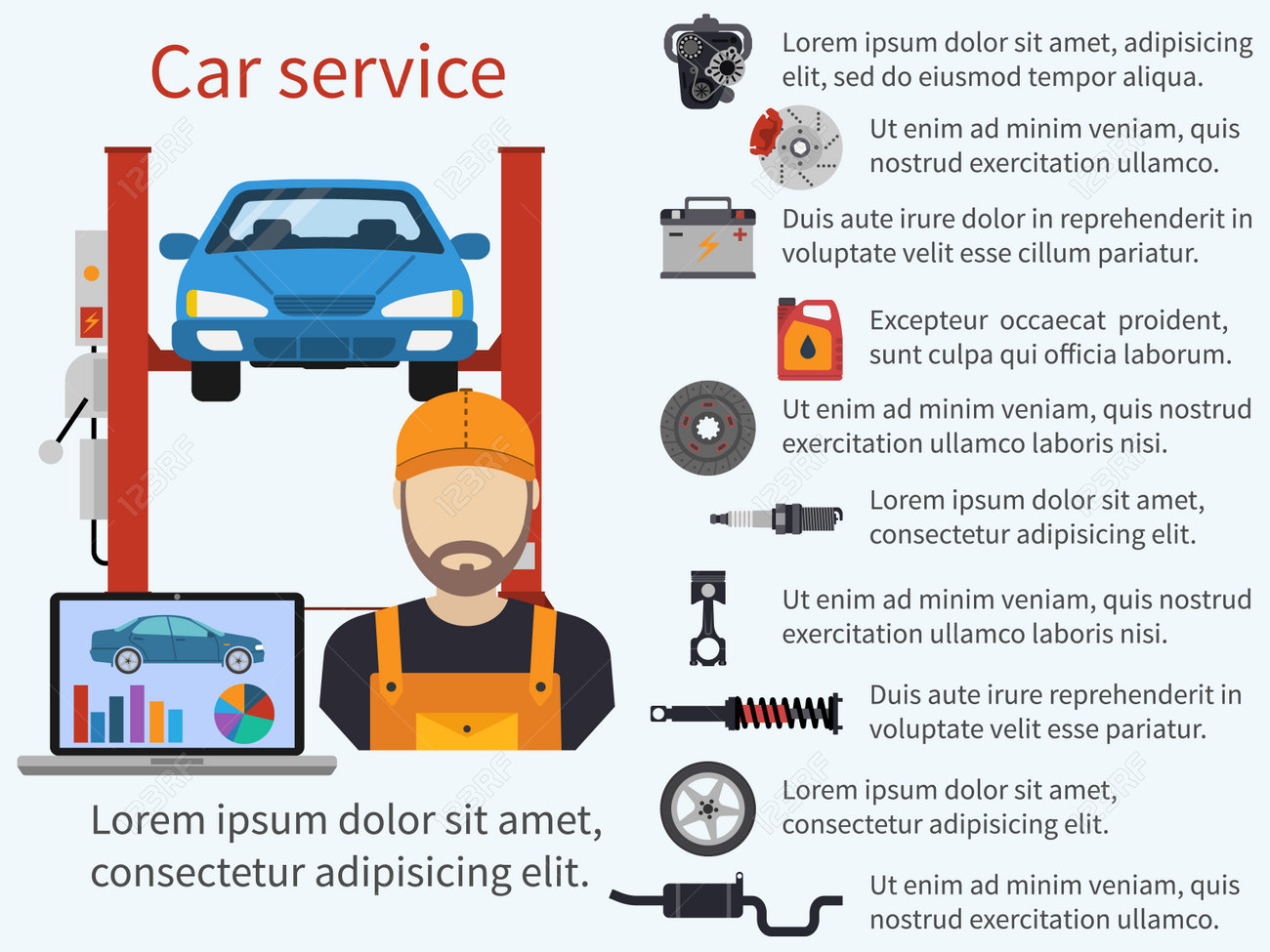Recognizing Your Auto'S Warning Lights: What Do They Truly Mean?
Recognizing Your Auto'S Warning Lights: What Do They Truly Mean?
Blog Article
Author-Vinson Dalgaard
When you're behind the wheel, those glowing warning lights on your control panel can be a little bit puzzling. Do you understand what they're trying to tell you regarding your cars and truck's health and wellness? Understanding the importance of these lights is crucial for your safety and security and the durability of your automobile. So, the following time one of those lights turns up, would not you want to understand its message accurately and take the essential actions to resolve it?
Common Caution Lighting and Interpretations
Recognize typical warning lights in your car and recognize their definitions to make sure secure driving.
One of the most common caution lights consist of the check engine light, which indicates issues with the engine or emissions system. If this light begins, it's essential to have your lorry examined without delay.
The oil stress alerting light shows low oil pressure, needing immediate attention to avoid engine damages.
https://brakefluidprice06283.techionblog.com/32135855/how-to-choose-the-right-vehicle-explaining-solution-for-your-demands flashing battery light could suggest a damaged charging system, potentially leaving you stranded if not dealt with.
https://www.salisburypost.com/2021/11/07/auto-repair-shop-owner-neil-lefler-retires-leaving-behind-legacy-of-quality-work-mentorship/ monitoring system (TPMS) light notifies you to reduced tire pressure, impacting vehicle stability and fuel performance. Ignoring this can cause harmful driving conditions.
The ABS light shows an issue with the anti-lock stopping system, compromising your capacity to quit rapidly in emergencies.
Lastly, https://collinrmicw.blog-kids.com/32307667/eco-friendly-cars-and-truck-outlining-products-you-ought-to-try warning light warns of engine getting too hot, which can lead to serious damage if not solved promptly.
Recognizing these typical caution lights will help you deal with concerns without delay and maintain risk-free driving problems.
Relevance of Prompt Interest
Recognizing the typical warning lights in your auto is just the very first step; the significance of quickly dealing with these cautions can not be emphasized sufficient to ensure your safety when traveling.
When a warning light illuminates on your dashboard, it's your automobile's way of connecting a potential issue that requires focus. Disregarding these cautions can result in more severe issues later on, compromising your safety and possibly costing you a lot more out of commission.
Motivate interest to advising lights can stop failures and mishaps. For example, a blinking check engine light can suggest a misfire that, if left ignored, might cause damages to the catalytic converter. Resolving this without delay can save you from an expensive repair work.
Likewise, a brake system warning light might signal low brake fluid or worn brake pads, critical parts for your safety when driving.
DIY Troubleshooting Tips
If you discover a caution light on your control panel, there are a few do it yourself repairing tips you can attempt before seeking expert assistance.
The very first step is to consult your cars and truck's handbook to recognize what the particular caution light indicates. Sometimes the problem can be as simple as a loose gas cap causing the check engine light. Tightening the gas cap might resolve the problem.
One more typical problem is a reduced battery, which can cause various alerting lights. Checking see this for deterioration and ensuring they're secure may repair the problem.
If a caution light continues, you can attempt resetting it by separating the car's battery for a few minutes and afterwards reconnecting it. Furthermore, inspecting your car's fluid levels, such as oil, coolant, and brake liquid, can help fix alerting lights connected to these systems.
Verdict
In conclusion, comprehending your automobile's warning lights is necessary for maintaining your car running smoothly and safely. By immediately addressing these signals and knowing what they suggest, you can avoid costly repair services and possible failures.
Bear in mind to consult your automobile's handbook for particular details on each alerting light and take action appropriately to ensure a trouble-free driving experience.
Keep informed, remain risk-free on the road!
